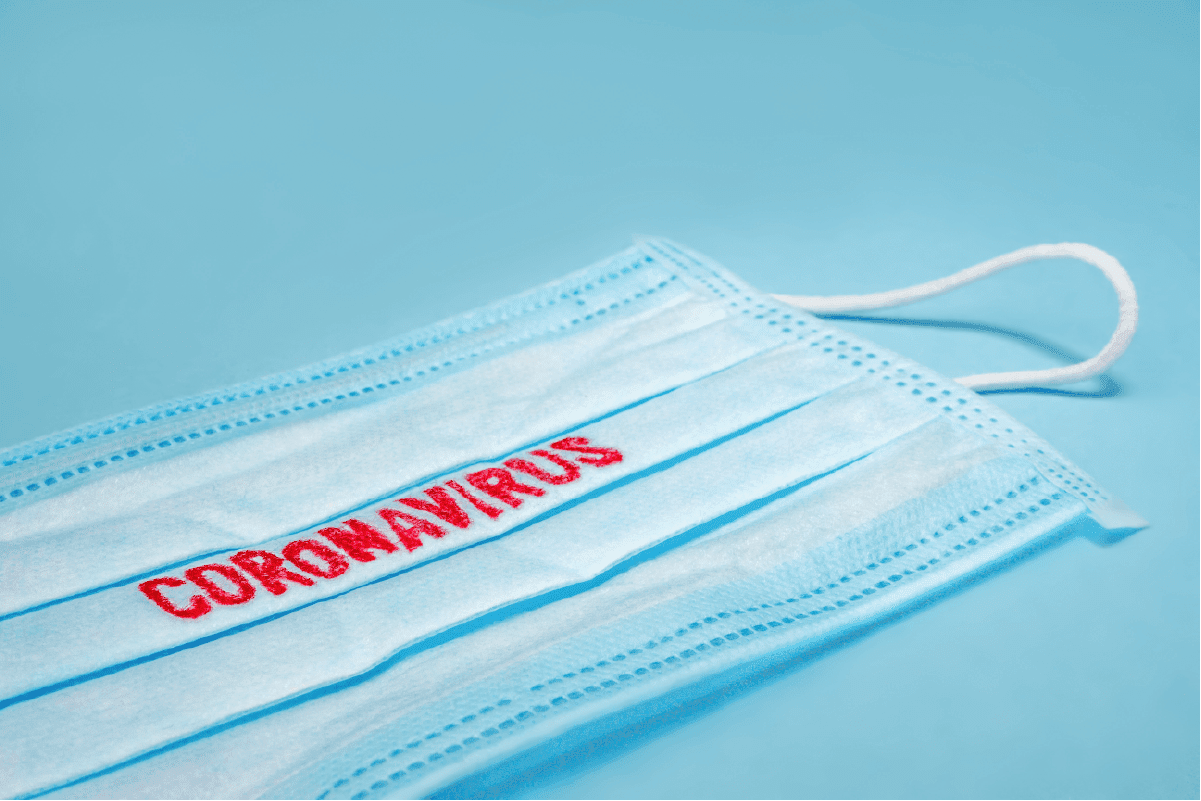Q&a With Dr. Sara Connolly: the Two-month Checkup


1. Bundoo: What do you expect to see at the two-month checkup in terms of development? Are there any developmental red flags you look for?
Answer : Bundoo: By two months, most babies are making eye contact with their caregivers. Smiles are becoming more common, as is cooing. It should be obvious to the caregiver that the baby can hear; they turn to sound and startle with loud, sudden noises. They should be moving their arms and legs equally and rotating their heads in both directions without preferring to look at one side more than the other. They should be able to spend time with their limbs relaxed and be able to pull them in toward their body as well. They will have a bit more head control than when first born but still will need support. They should have a good strong suck and should be gaining in weight, height, and head circumference. If any of these things are off, I will worry.
During this check-up, most babies will be broadly immunized against seven or eight different diseases depending on when they received their first Hepatitis B vaccine. These immunizations include hepatitis B; rotavirus; diphtheria, tetanus, and pertussis; haemophilus influenza (Hib); pneumococcal; and polio.
2. There’s no debate about the benefits of immunization, but what do you say to parents who want to alter or delay the schedule to reduce the burden on their child’s immune system?
Answer : There is no evidence that the vaccines given at this visit pose an imposition to an infant’s immune system. On the contrary, a healthy infant’s immune system is bombarded every minute of every day with environmental antigens and is very capable of managing both those and the vaccines. The vaccine schedule was created to maximize the benefit of immunizations both in terms of decreasing the risk of an infant acquiring vaccine-preventable disease and in being immune-ready to respond appropriately to them.
3. At this age, can you tell if a baby is getting enough tummy time, having enough opportunity to move on his or her own, and developing his or her fine motor and gross motor skills?
Answer : Eight-week-old babies are starting to really wake up, meaning that they have time for activities other than eating. Tummy time, or placing an infant on his or her tummy while awake for a few minutes at a time, is done to encourage strength and development of the head, neck, back, and shoulders. It also prevents positional plagiocephaly, a flattening of the post part of the head due to positioning on the back only. It’s believed that infants who spend some time each day on their tummies roll and crawl faster than those who do not. Giving your baby a safe, firm place to practice tummy time for just a few minutes at a time, several times a day is a good idea. Consider a blanket on the floor or trying tummy time in the crib. Never leave a baby unattended while having tummy time and always place a baby on his or her back to sleep.
When awake on his or her back, consider varying the places where your baby rests. For example, avoid using the same bouncer in the same position every time. Rotate his or her view and location to encourage him or her to look and move the head in all directions. Having a couple of safe baby toys within reach helps them practice reaching and gripping an object.
4. Do you have any favorite games you recommend to parents of children this age that can also help with development?
Answer : I recommend beginning to read to infants at this age. Reading allows them to hear your voice and be exposed to words. It also helps establish good bedtime and naptime routines if done just before bed. This is a great age to stare at each other all day! Babies at this age begin to see a bit better and begin to respond to your face. Avoid placing them in an eye’s view of the television because it will attract their gaze but will not benefit their brain development in any way. In fact, screens at this age have a negative impact on development, so avoid them when possible.
Powered by Bundoo®










































